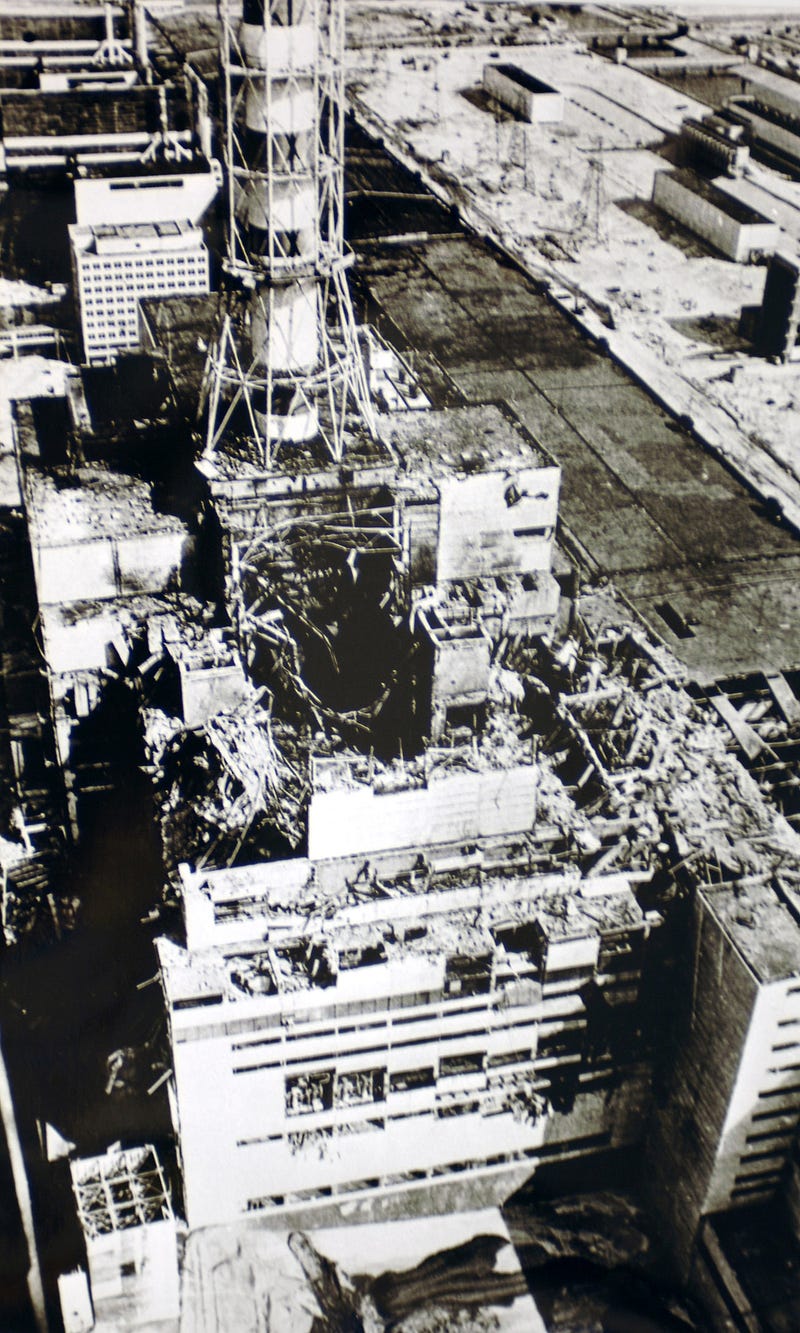# Chernobyl's Renewed Concerns: An Overview of Recent Developments
Written on
Chapter 1: The Legacy of Chernobyl
The catastrophic event at the Chernobyl nuclear facility occurred over two decades ago, yet the specter of another crisis continues to loom. Engineers have recently finalized the New Safe Confinement (NSC), which was designed to stabilize the site, still laden with radioactive materials. Alarmingly, new data suggests that the sarcophagus encasing the Unit Four reactor may be experiencing rising temperatures, indicating a risk of radiation release into the surrounding environment.
A UN report indicates that the initial disaster in 1986 resulted in approximately 50 immediate fatalities due to a power failure during a critical safety test. However, the resulting explosions disseminated radioactive debris across Europe, with later estimates suggesting up to 4,000 additional deaths linked to exposure from Chernobyl's fallout.
The Ukrainian organization, Safety Problems of Nuclear Power Plants (ISPNPP), is currently tasked with ensuring the security of the Chernobyl site. Construction of the massive NSC began in 2010 (see below), aimed at stabilizing the remains of the reactor for eventual dismantling and preventing water intrusion. Surprisingly, the challenge of keeping the site dry may inadvertently pose a greater risk.
Meltdowns like Chernobyl's, and more recently Fukushima's, stem from uncontrolled nuclear chain reactions. As uranium nuclei split, they emit neutrons that further split additional uranium atoms. The ISPNPP is actively monitoring neutron levels within the deteriorating Unit Four structure, which houses a molten mix of uranium fuel rods, zirconium cladding, graphite control rods, and melted sand. The area once referred to as 305/2 has transformed into a reservoir of this semi-liquid nuclear material. Concerns have risen as neutron levels have reportedly doubled over the past four years, with estimates suggesting that half of the reactor's original fuel remains locked in this site.

Chapter 2: Understanding the Risks
The precise cause of this surge in nuclear activity remains elusive. Given that this unique mixture has never been studied before, its behaviors are not well understood. ISPNPP researchers theorize that certain characteristics of the material may lead to increased neutron production as it dries out. Over time, this could heighten the likelihood of a self-sustaining nuclear reaction, posing a risk of breaching the NSC and allowing fallout to escape once more.
Although the ISPNPP assesses that the immediate risk of catastrophic failure is low, the team is taking the situation seriously. They are contemplating deploying a robotic system to navigate the radiation and further analyze the contents of 305/2. This robot could potentially introduce boron cylinders, functioning similarly to temporary control rods. Ultimately, the ISPNPP aims to extract all nuclear fuel and secure it in a geological repository, collaborating with the European Bank for Reconstruction and Development to finalize a comprehensive plan.
Now read: Nobel Laureate Proposes Laser Solutions for Nuclear Waste, Semi-Autonomous Robots for Decommissioning, Possible WWII Munitions Discovered at Fukushima.